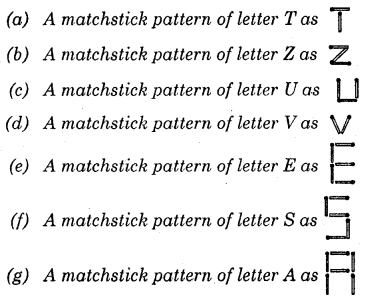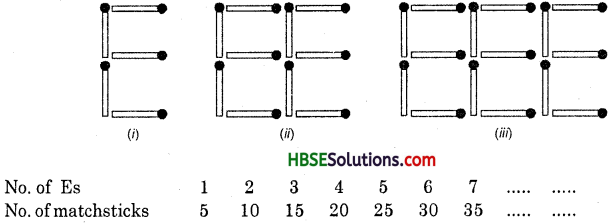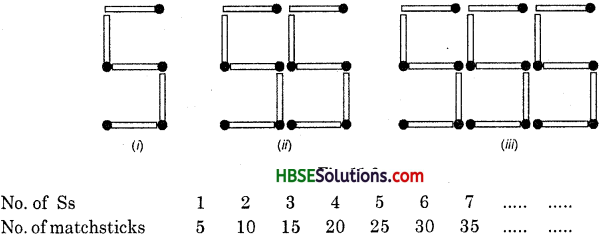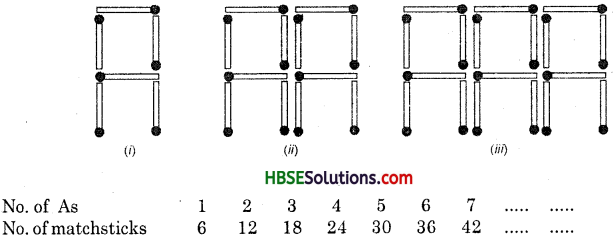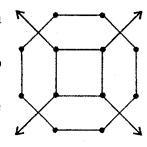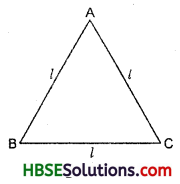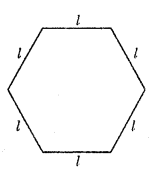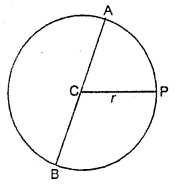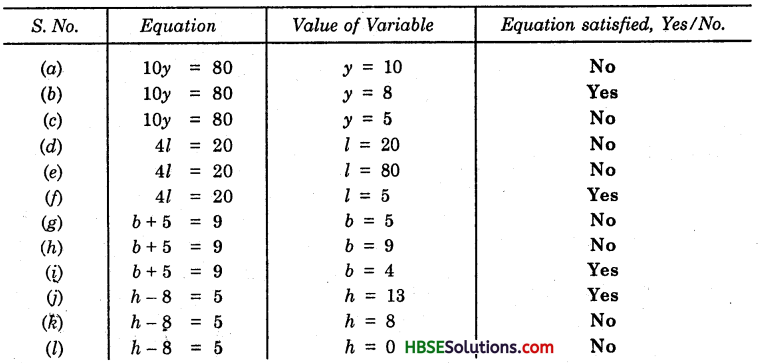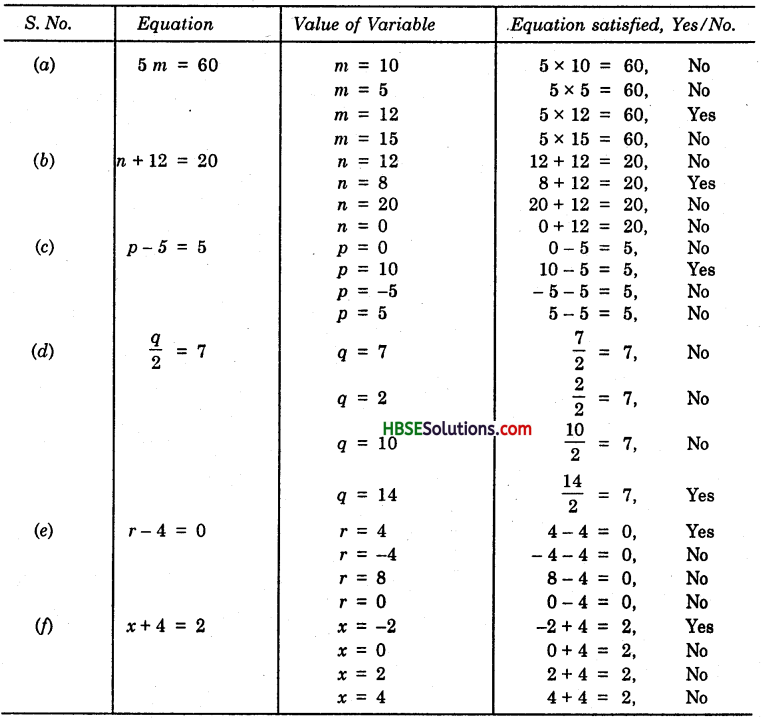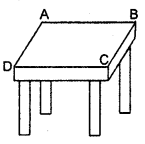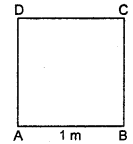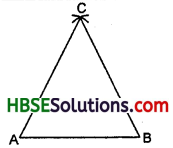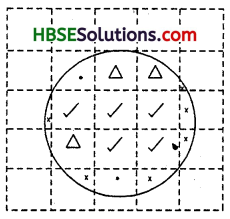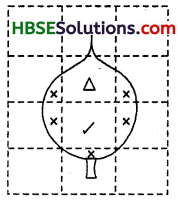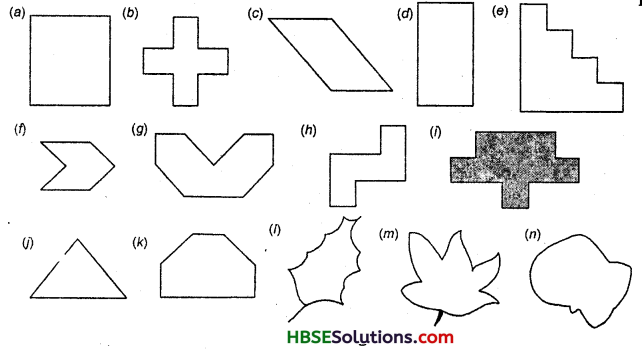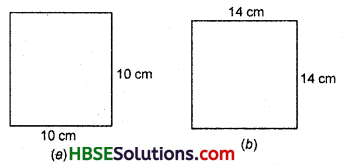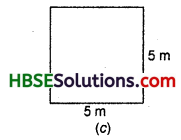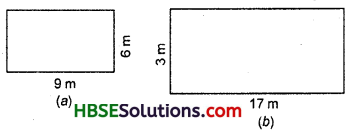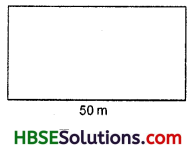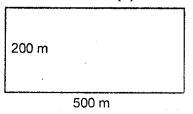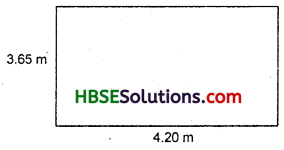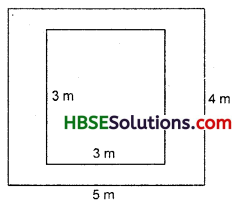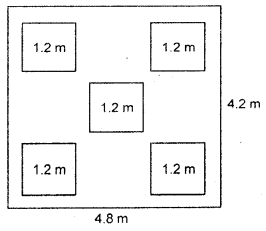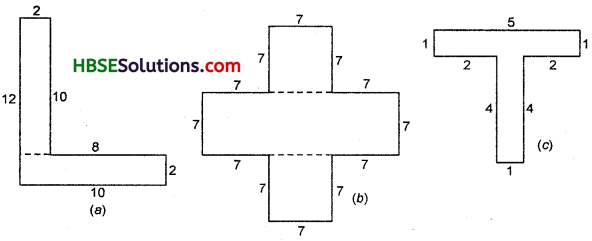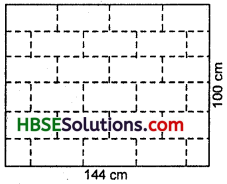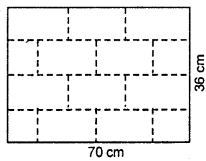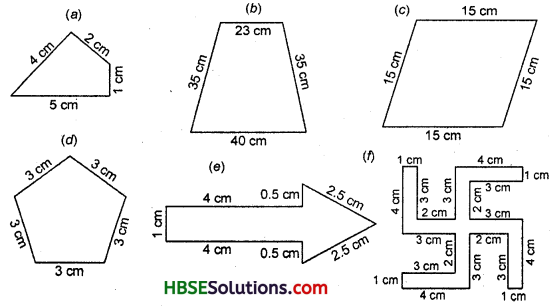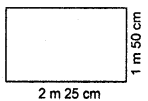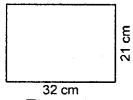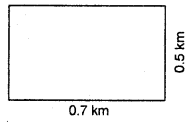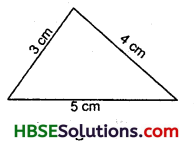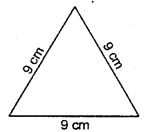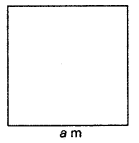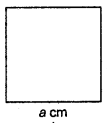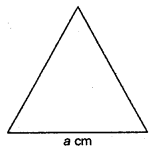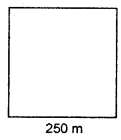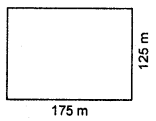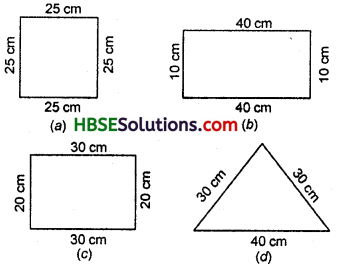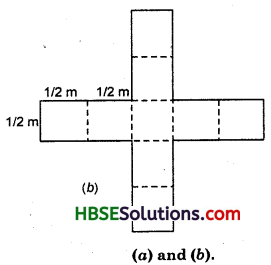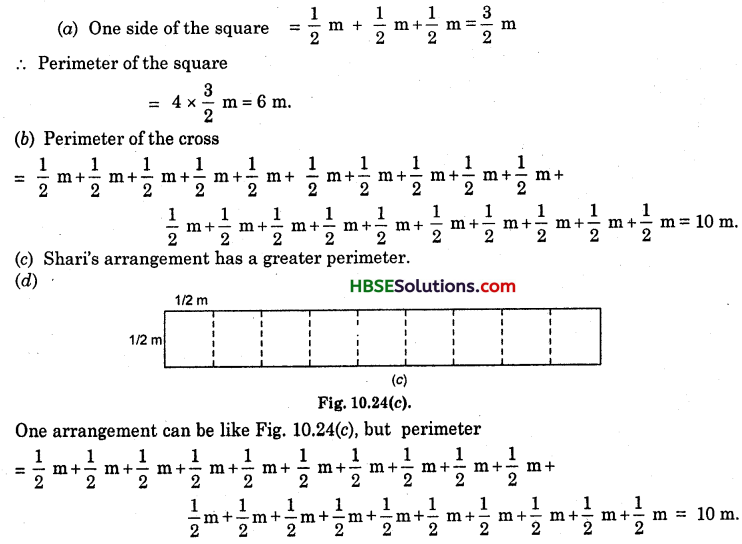HBSE 6th Class Maths Solutions Chapter 12 Ratio and Proportion Ex 12.3
Haryana State Board HBSE 6th Class Maths Solutions Chapter 12 Ratio and Proportion Ex 12.3 Textbook Exercise Questions and Answers.
Haryana Board 6th Class Maths Solutions Chapter 12 Ratio and Proportion Exercise
12.3
Question 1.
If the cost of 7 m of cloth is Rs. 294, find the cost of 5 m of cloth.
Solution:
Cost of 7 m of cloth = Rs. 294
Cost of 1 m of cloth = Rs. \(\frac{294}{7}\) = Rs. 42.
∴ Cost of 5 m of cloth = Rs. 42 × 5
= Rs. 210.
![]()
Question 2.
Ekta earns Rs. 1500 in 10 days. How much she will earn in 30 days ?
Solution:
Ekta earns in 10 days = Rs. 1500
She earns in 1 day = Rs. \(\frac{1500}{10}\) = Rs. 150
∴ She will earn in 30 days = Rs. 150 × 30
= Rs. 4500.
Question 3.
If it has rained 276 mm in the last 3 days, how many cm of rain will fall in one full week (7 days) ?
Assume that the rain continues to fall at the same rate.
Solution:
Rainfall in 3 days = 276 mm
Rainfall in 1 day = \(\frac{276}{3}\) = 92 mm
∴ Rainfall in 7 days
= 92 × 7 = 644 mm
= \(\frac{644}{10}\) cm = 64.4 cm.
Question 4.
Cost of 5 kg of wheat is Rs. 30.50.
(a) What will be the cost of 8 kg of wheat ?
(b) What quantity of wheat can be purchased in Rs. 61 ?
Solution:
(a) Cost of 5 kg of wheat = Rs. 30.50
Cost of 1 kg of wheat
= Rs. \(\frac{30.50}{5}\) = 6.10.
∴ Cost of 8 kg of wheat = Rs. 6.10 × 8
= Rs. 48.80.
![]()
(b) In Rs. 30.50 quantity of wheat purchased = 5 kg
In Re 1 quantity of wheat purchased
= \(\frac{5}{30.50}\) kg
∴ In Rs. 61 quantity of wheat purchased
=\(\frac{5}{30.50}\) × 61= 5 × 2 = 10kg.
Question 5.
The temperature dropped 15 degrees in the last 30 days. If the rate of temperature drop remains the same, how many degrees will the temperature drop in the next ten days ?
Solution:
Temperature dropped in the last 30 days = 15 degrees
Temperature dropped in one day
= \(\frac{15}{30}=\frac{1}{2}\) degree
∴ Temperature will drop in the next 10 days
= \(\frac{1}{2}\) × 10 = 5 degrees.
Question 6.
Shaina pays Rs. 7500 as rent for 3 months. How much does she have to pay for a whole year, if the rent for month remains the same ?
Sol. Rent for 3 months = Rs. 7500
Rent for 1 month = Rs. \(\frac{7500}{3}\) = Rs. 2500
Rent for a whole year
= Rs. 2500 × 12
= Rs. 30,000.
Question 7.
Cost of 4 dozens of banana is Rs. 60. How many bananas can be pur¬chased for Rs. 12.50 ?
Solution:
Number of bananas purchased for Rs. 60 = 4 dozen = 4 x 12 = 48
Number of bananas purchased for Re. 1
= \(\frac{48}{60}=\frac{4}{5}\)
Number of bananas purchased for Rs. 12.50
= \(\frac{4}{5}\) × 12.50 = 4 x 2.50 = 10.
![]()
Question 8.
The weight of 72 books is 9 kg. What is the weight of 40 such books ?
Solution:
Weight of 72 books = 9 kg
Weight of 1 book = \(\frac{9}{72}=\frac{1}{8}\) kg
∴ Weight of 40 books = \(\frac{1}{8}\) × 40 = 5 kg.
Question 9.
A truck requires 108 litres of diesel for covering a distance of 594 km. How much diesel will be required by the truck to cover a distance of 1650 km ?
Solution:
To cover a distance of 594 km a truck requires = 108l of diesel
To cover a distance of 1 km a truck requires = \(\frac{108}{594}\) l
To cover a distance of 1650 km a truck requires
= \(\frac{108}{594}\) × 1650 l = 300 l.
HBSE 6th Class Maths Solutions Chapter 12 Ratio and Proportion Ex 12.3 Read More »
